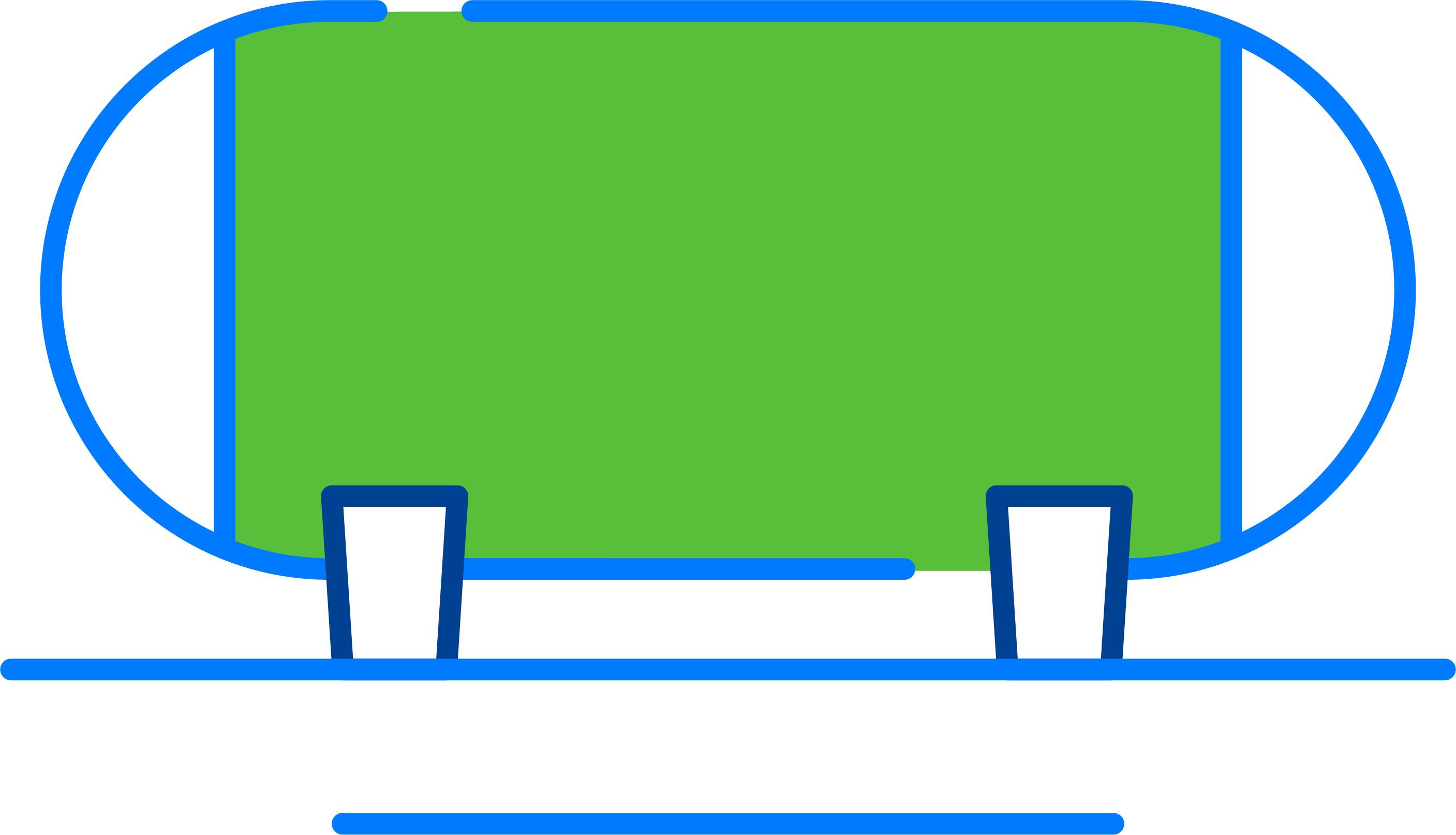Wind turbines provide clean energy to drive the green hydrogen movement, opening the door for hydrogen to reshape the future of energy.
Newfoundland and Labrador’s abundant freshwater resources, amongst the highest in Canada, easily meet the needs of hydrogen production while preserving environmental integrity.
Electrolysis uses wind-generated electricity to split water into hydrogen and oxygen, creating a carbon-free energy source with zero greenhouse gas emissions.

Some projects may also convert hydrogen into hydrogen derivatives, such as ammonia, or Liquid Organic Hydrogen Carriers (LOHC).
These derivatives can be for direct use or as mediums for hydrogen.
Wind turbines provide clean energy to drive the green hydrogen movement, opening the door for hydrogen to reshape the future of energy.
Newfoundland and Labrador’s abundant freshwater resources, amongst the highest in Canada, easily meet the needs of hydrogen production while preserving environmental integrity.
Electrolysis uses wind-generated electricity to split water into hydrogen and oxygen, creating a carbon-free energy source with zero greenhouse gas emissions.

Some projects may also convert hydrogen into hydrogen derivatives, such as ammonia, or Liquid Organic Hydrogen Carriers (LOHC).
These derivatives can be for direct use or as mediums for hydrogen.

